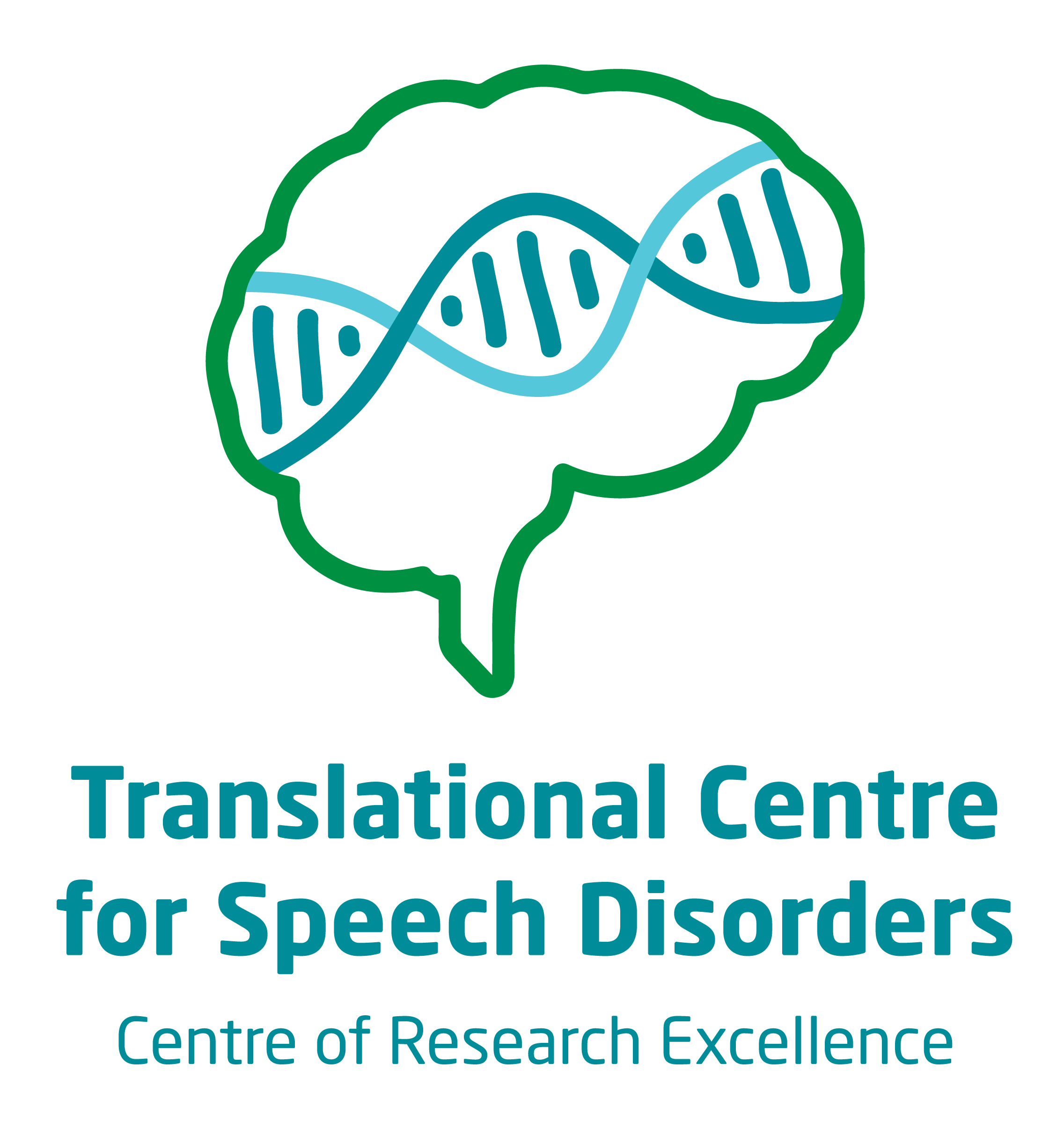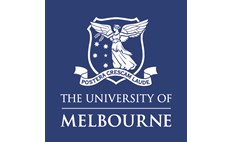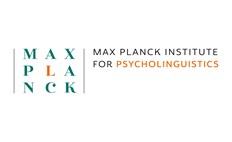NRXN1
What is NRXN1 deletion syndrome?
Neurexin 1 (NRXN1) gene is located on chromosome 2, on the p arm (2p16.3). NRXN1 gene encodes cell-surface receptor proteins that bind neuroligins and affects synaptic connections. NRXN1 gene plays a critical role in neurotransmission and is highly expressed in the brain.1,3 Speech and language difficulties are common in individuals with NRXN1 deletion syndrome and more typically associated with the individual’s co-occurring developmental conditions, such as intellectual disability.2
NRXN1 deletion syndrome is associated with a range of neurodevelopmental and neuropsychiatric disorders. Most reported individuals with NRXN1 deletion syndrome have intellectual disability, ranging from mild to severe. Other commonly occurring conditions include autism, attention deficit hyperactivity disorder, anxiety, epilepsy, hypotonia (low muscle tone), bipolar disorder and schizophrenia.1,2,3,4
Contact
For further information, do get in touch with the CRE Speech and Language team at:
Email: geneticsofspeech@mcri.edu.au
Phone: (03) 9936 6334
Frequently asked questions
There is much variation in the developmental presentation of children with NRXN1 deletion syndrome. The presence and severity of other associated features (e.g., intellectual disability) may also affect speech development. Based on present research, children with NRXN1 deletion will take more time to reach developmental speech and language milestones relative to peers.1,2
There is large variation in speech and language abilities of individuals with NRXN1 deletion syndrome. One speech condition that has been linked to NRXN1 deletion syndrome is Childhood Apraxia of Speech. 2 CAS is a motor speech disorder affecting production, sequencing, and stress of speech. Other common features of speech reported in NRXN1 deletion syndrome are phonological delay, phonological disorder and articulation disorder.2
There is much variation in the developmental presentation of children with NRXN1 deletion syndrome. The presence and severity of other associated features (e.g., epilepsy, intellectual disability) may also affect speech development. Currently, there is not enough data to inform exactly how speech develops overtime and when certain milestones can be anticipated. Some individuals do not develop enough speech to rely on this for their daily communication needs. These individuals require augmentative and alternative (ACC) systems to communicate, whilst other individuals can rely on verbal speech to communicate.2
Most individuals with NRXN1 deletion syndrome attend mainstream schools, while some attend specialised schools.2 However, any individual should be assessed for their needs, and should attend the most appropriate education setting based on their needs, the supports available in different educational settings and of course taking into consideration local educational policies.
At present, speech and language therapies are focused on the individual’s specific speech and language needs. A speech pathology assessment will pinpoint the specific areas for support, taking into consideration the goals for the individual/family. Children who have few spoken words or some words that are unclear, may benefit from augmentative and alternative communication (AAC) options (e.g., sign language, electronic speech generating devices).
For verbal children who have CAS, the Nuffield Dyspraxia Programme version 3 (NDP-3) or the Rapid Syllable Transition Treatment (ReST), are two programs which have been proven to be effective in a randomised controlled trial.5 There are currently a number of other CAS focused therapies undergoing rigorous clinical testing, including Dynamic Tactile Temporal Cueing.6 One treatment that is often used for children who are minimally verbal and who benefit from tactile prompts (prompts to the lips, cheek etc) to help stimulate speech production is Prompts for Restructuring Oral Muscular Phonetic Targets (PROMPT). 7,8 Yet to date, none of these therapies have not been specifically trialled with children with neurogenetic conditions. Further to the speech production therapies, children who have delayed language also require early intervention programs targeting early language development.9
In the main cohort study available to date, there were nine adolescents (aged between 10-19 years) with NRXN1 deletion syndrome. While most of the adolescents had age-appropriate language, some had language impairments (mild to severe), speech sound disorders (mild), and difficulties in social interaction.1
Currently, we do not know how speech and language changes across the lifespan for individuals with NRXN1 deletion syndrome. We do know, however, that speech and language continues to improve throughout childhood in the vast majority of children with NRXN1 deletion syndrome.
For information and support on childhood apraxia of speech: https://www.apraxia-kids.org
Email our team at angela.morgan@mcri.edu.au or geneticsofspeech@mcri.edu.au to learn more about our current research with individuals with NRXN1-deletion syndrome.
References
- Al Shehhi, M., Forman, E. B., Fitzgerald, J. E., McInerney, V., Krawczyk, J., Shen, S., ... & Lynch, S. A. (2019). NRXN1 deletion syndrome; phenotypic and penetrance data from 34 families. European journal of medical genetics, 62(3), 204-209.
- Brignell, A., St John, M., Boys, A., Bruce, A., Dinale, C., Pigdon, L., Hildebrand, M.S., Amor, D.J., & Morgan, A.T. (2018). Characterization of speech and language phenotype in children with NRXN1 deletions. American Journal of Medical Genetics, Part B: Neuropsychiatric genetics, 177(8), 700-708.
- Dabell, M.P., Rosenfeld, J.A., Bader, P., Escobar, L.F., El-Khechen, D., Vallee, S.E., Dinulos, M.B., Curry, C., Fisher, J., Tervo, R., Hannibal, M.C., Siefkas, K., Wyatt, P.R., Hughes, L., Smith, R., Ellingwood, S., Lacassie, Y., Stroud, T., Farrell, S.A., Sanchez-Lara, P.A.., Randolph, L.M., Niyazov, D., Stevens, C.A., Schoonveld, C., Skidmore, D., Mackay, S., Miles, J.H., Moodley, M., Huillet, A., Neil, N.J., Ellison, J.W., Ballif, B.C., & Shaffer, L.G. (2013). Investigation of NRXN1 deletions: clinical and molecular characterization. American Journal of Medical Genetics, Part A, 161a(4), 717-731.
- Ching, M.S., Shen, Y., Tan, W.H., Jeste, S.S., Morrow, E.M., Chen, X., Mukaddes, N.M., Yoo, S.Y., Hanson, E., Hundley, R., Austin, C., Becker, R.E., Berry, G.T., Driscoll, K., Engle, E.C., Friedman, S., Gusella, J.F., Hisama, F.M., Irons, M.B., Lafiosca, T., LeClair, E., Miller, D.T., Neessen, M., Picker, J.D., Rappaport, L., Rooney, C.M., Sarco, D.P., Stoler, J.M., Walsh, C.A., Wolff, R.R., Zhang, T., Nasir, R.H., Wu, B.L., Children’s Hospital Boston Genotype Phenotype Study Group. (2010). Deletions of NRXN1 (neurexin-1) predispose to a wide spectrum of developmental disorders. American journal of medical genetics, Part B, Neuropsychiatric genetics, 153b(4), 937-947.
- Murray, E., McCabe, P., & Ballard, K. J. (2015). A randomized controlled trial for children with childhood apraxia of speech comparing rapid syllable transition treatment and the Nuffield Dyspraxia Programme–Third Edition. Journal of Speech, Language, and Hearing Research, 58(3), 669-686.
- Strand, E. A. (2020). Dynamic temporal and tactile cueing: A treatment strategy for childhood apraxia of speech. American Journal of Speech-Language Pathology, 29(1), 30-48.
- Morgan, A. T., Murray, E., & Liegeois, F. J. (2018). Interventions for childhood apraxia of speech. Cochrane Database of Systematic Reviews, (5).
- Namasivayam, A. K., Huynh, A., Granata, F., Law, V., & van Lieshout, P. (2021). PROMPT intervention for children with severe speech motor delay: a randomized control trial. Pediatric research, 89(3), 613-621.
- Ebbels, S. H., McCartney, E., Slonims, V., Dockrell, J. E., & Norbury, C. F. (2019). Evidence‐based pathways to intervention for children with language disorders. International journal of language & communication disorders, 54(1), 3-19.






